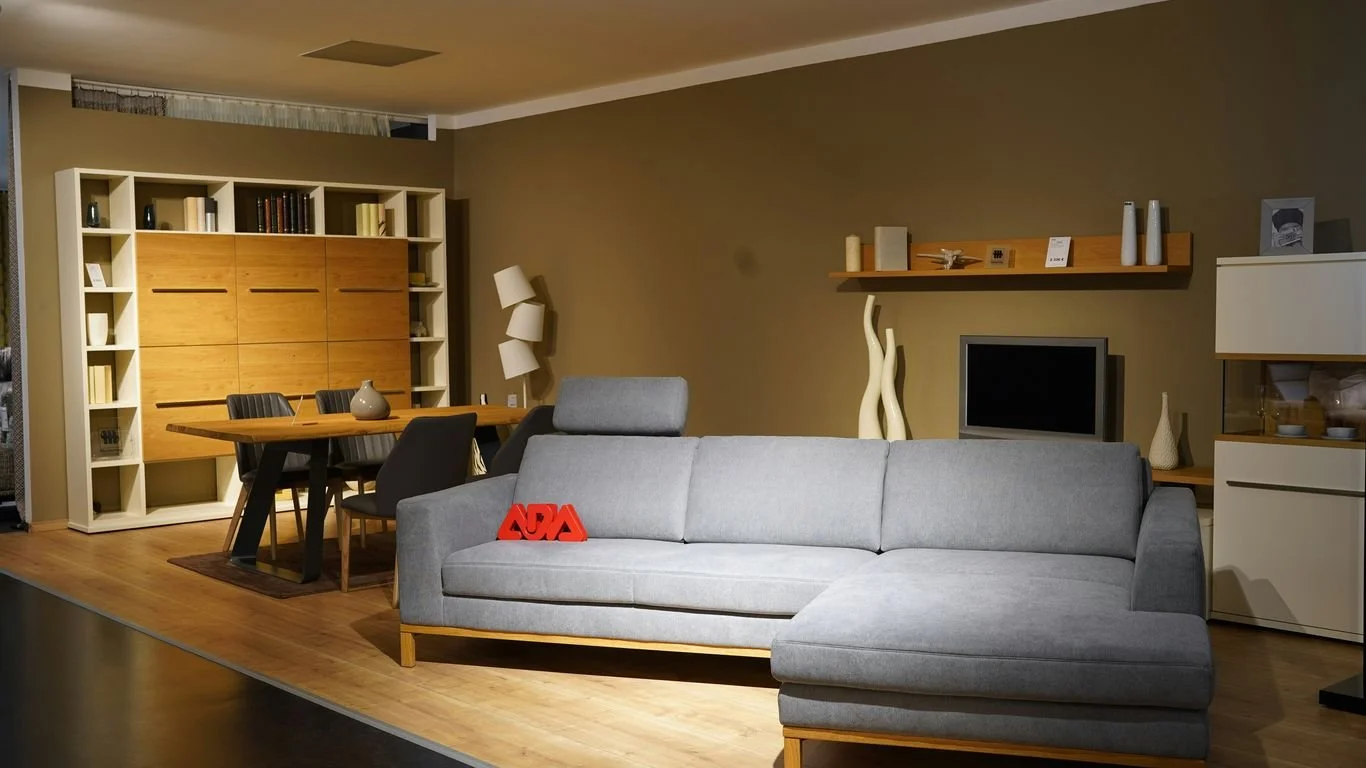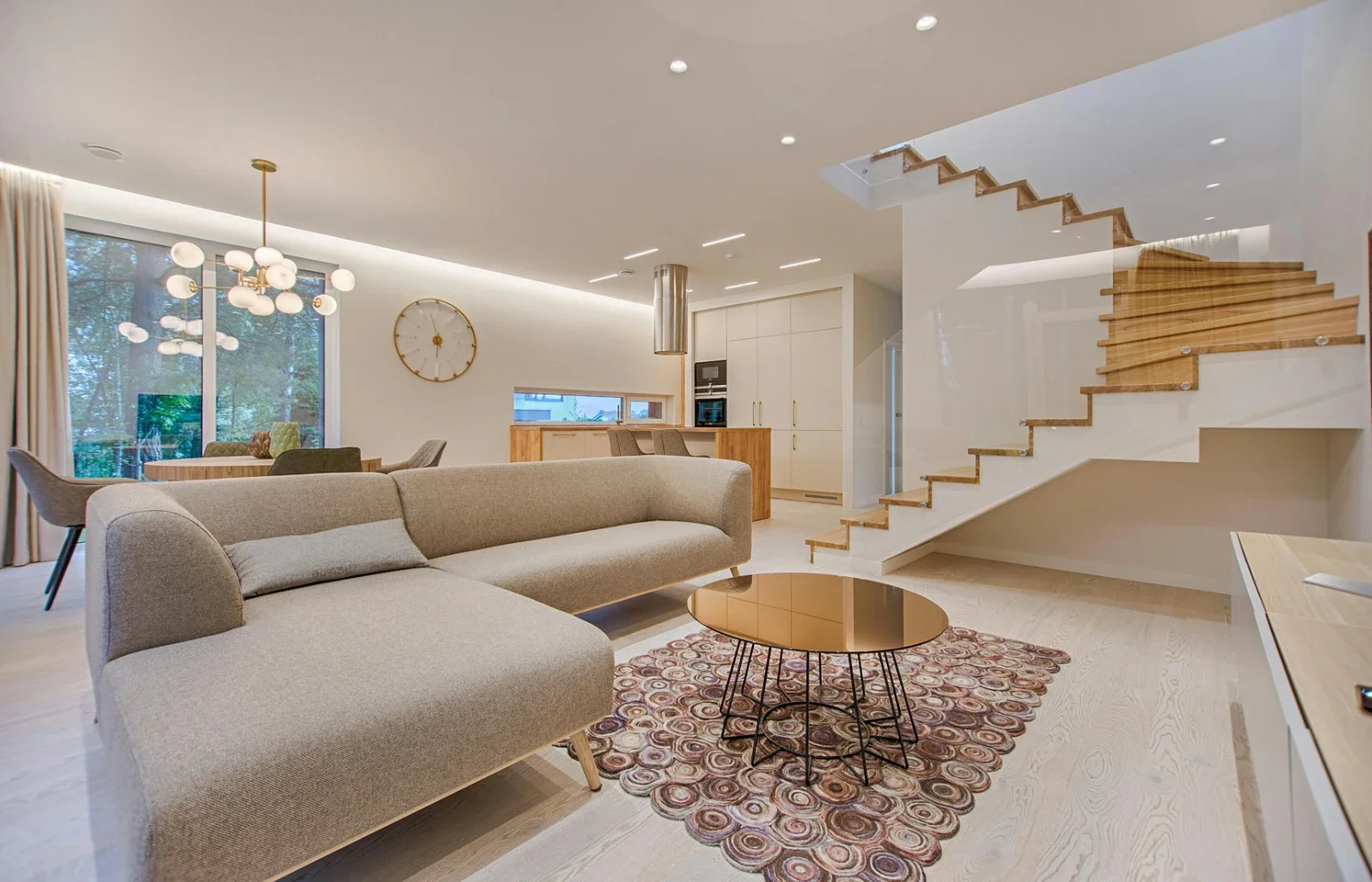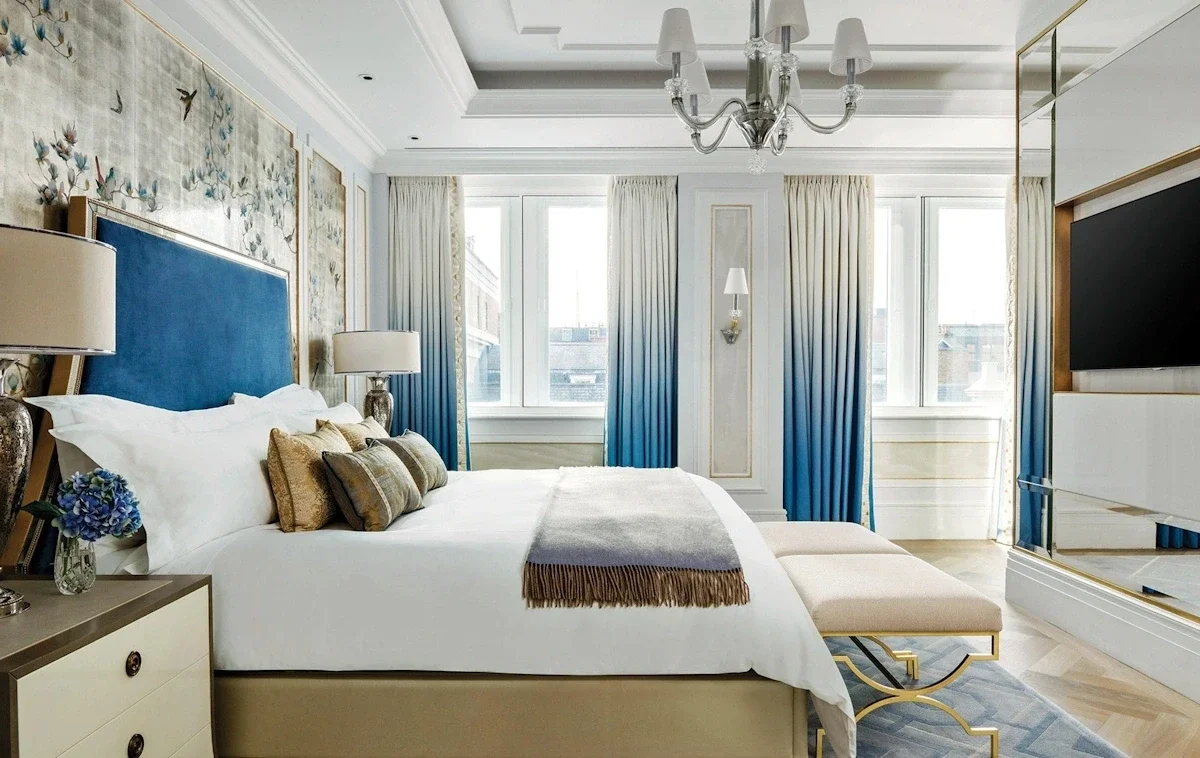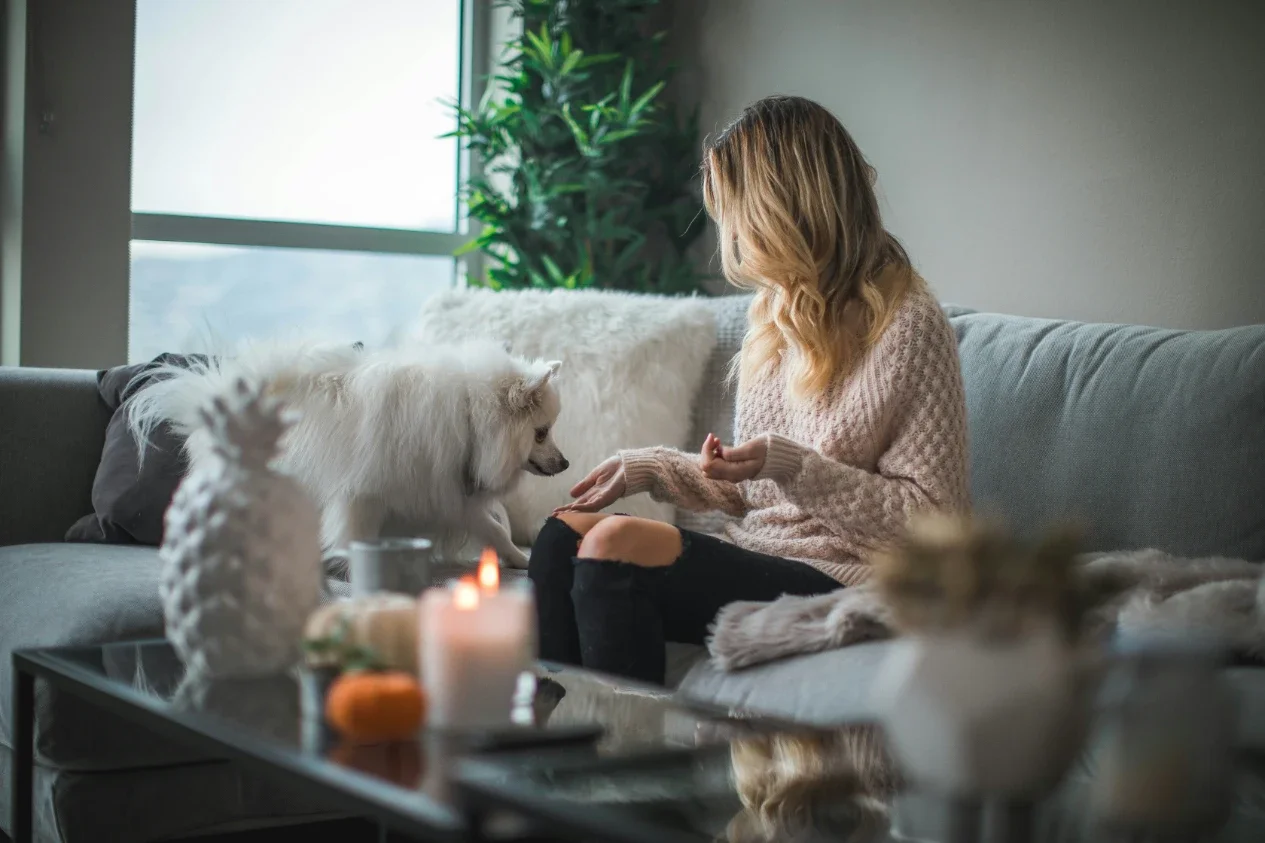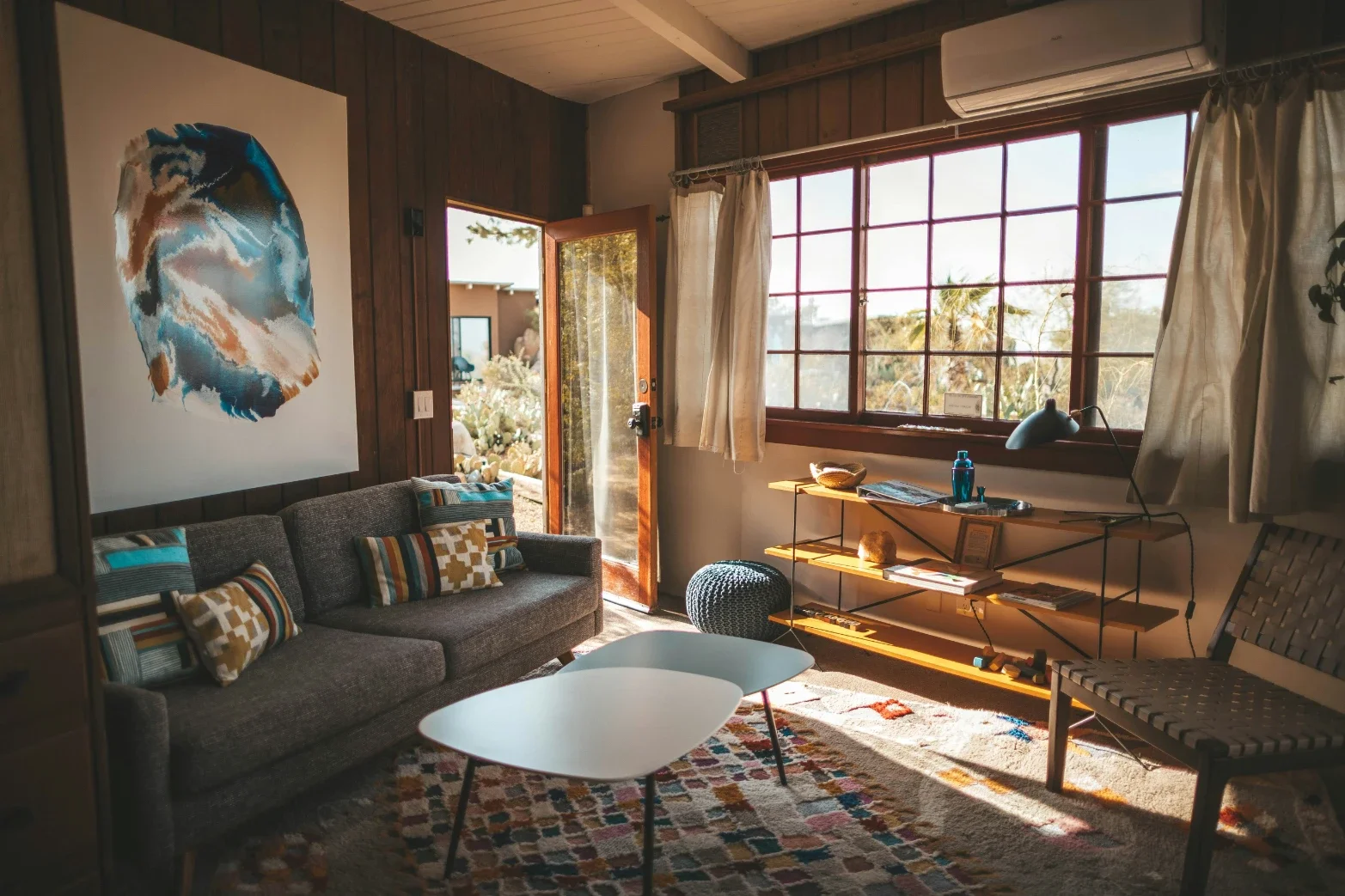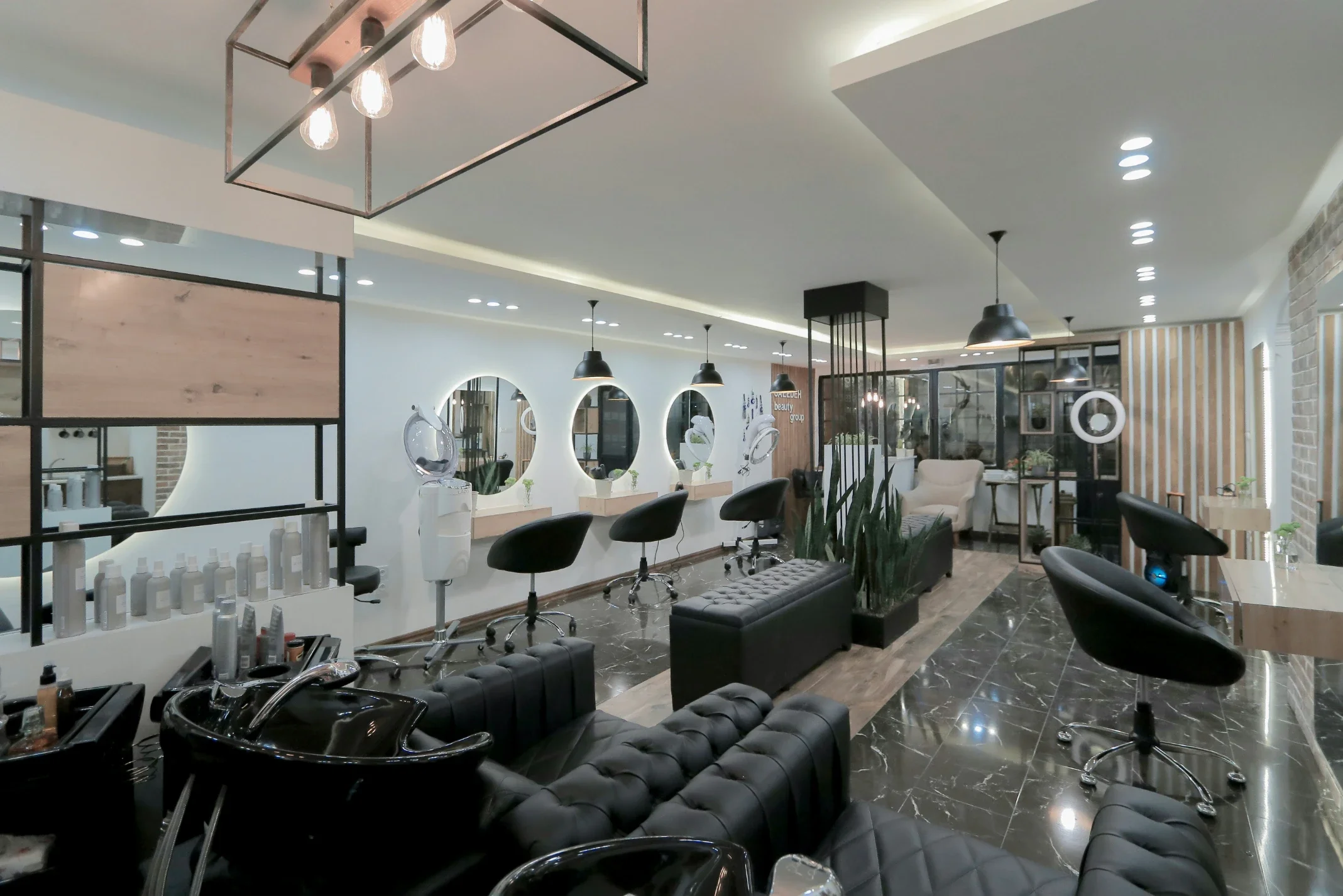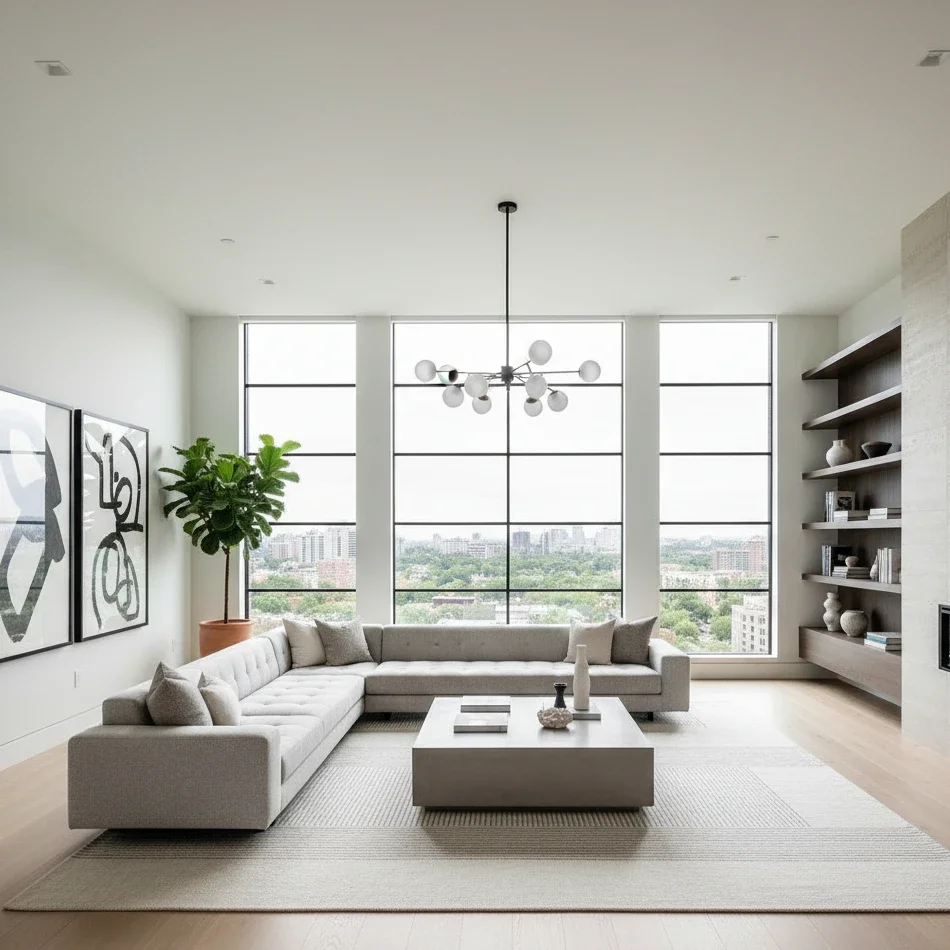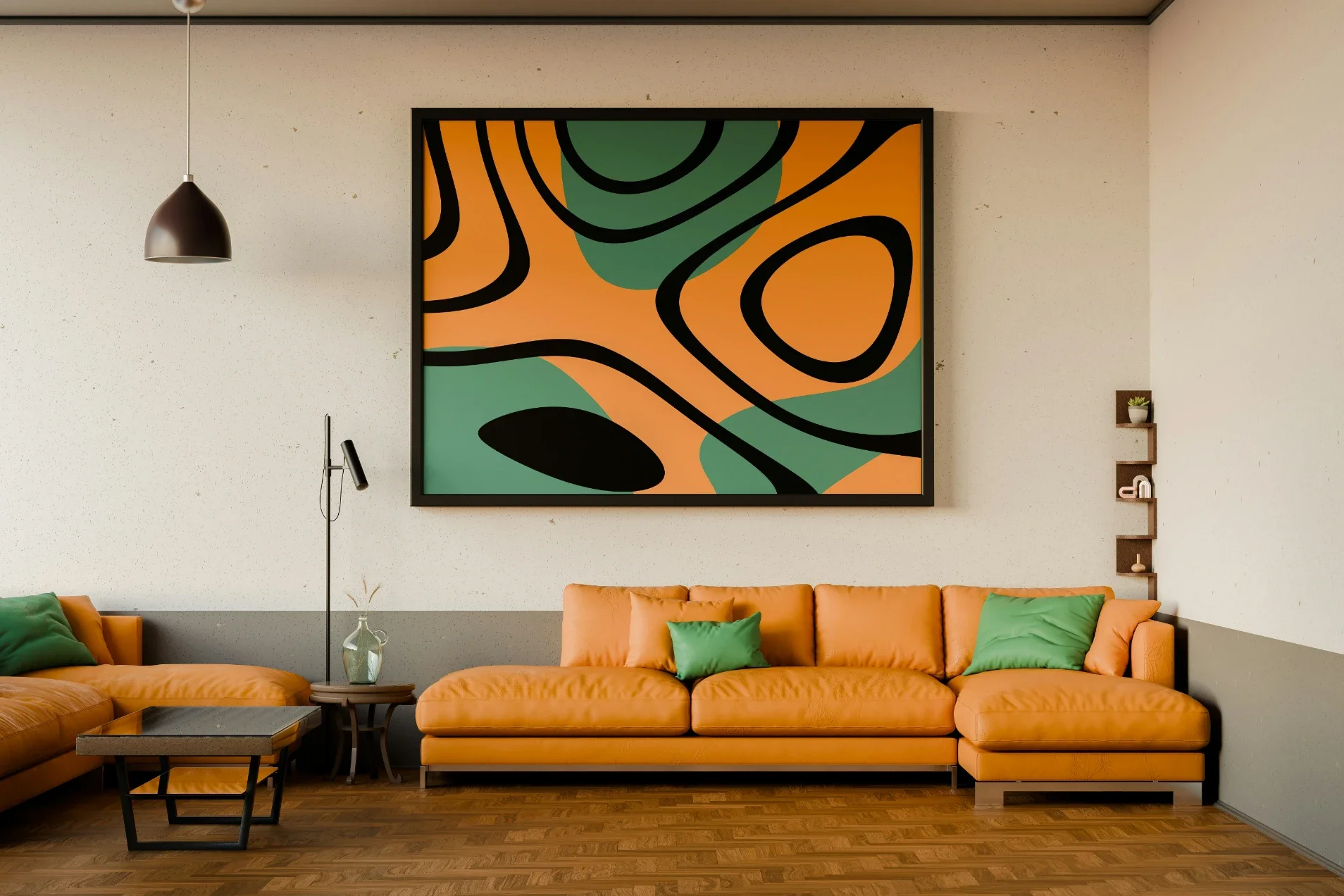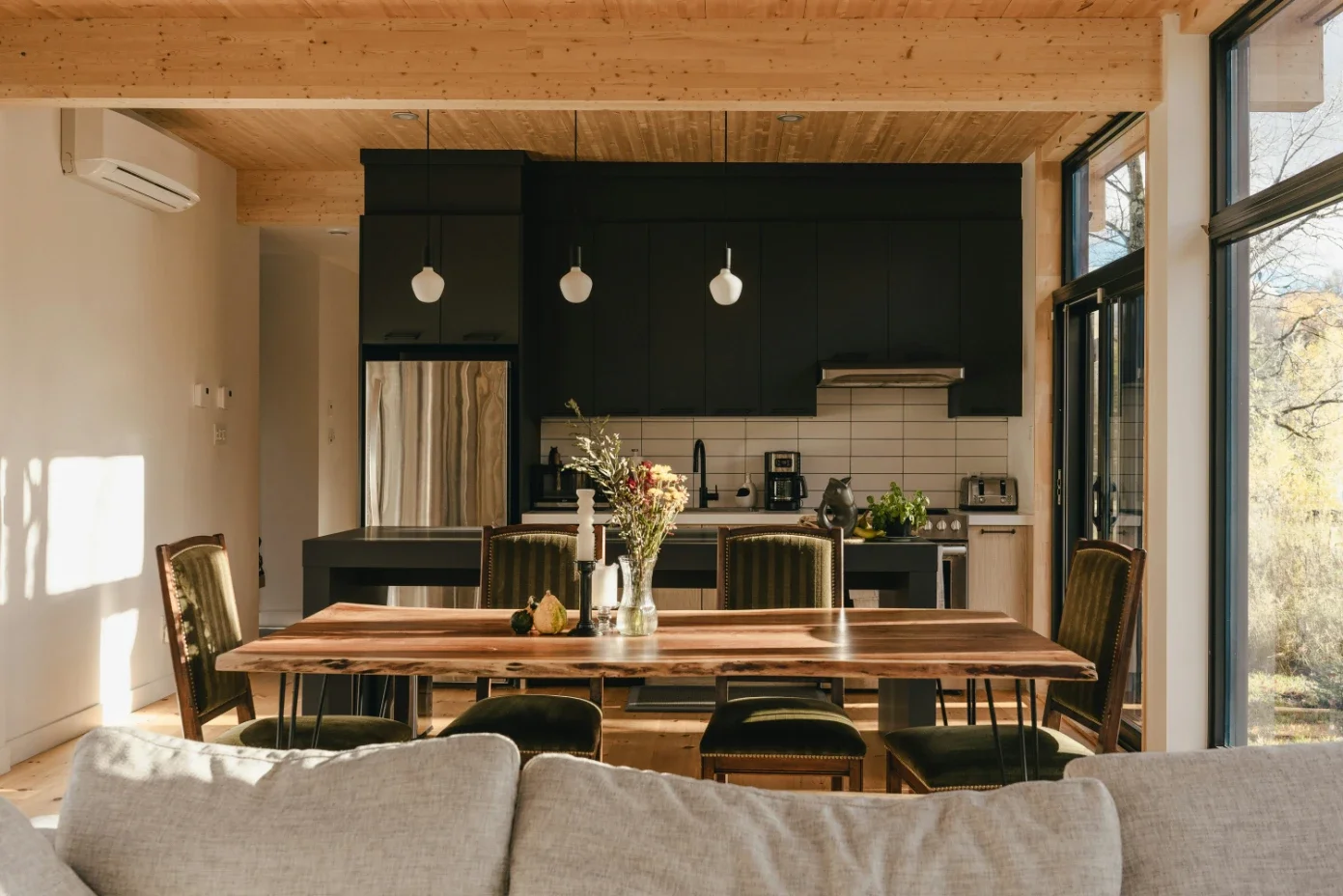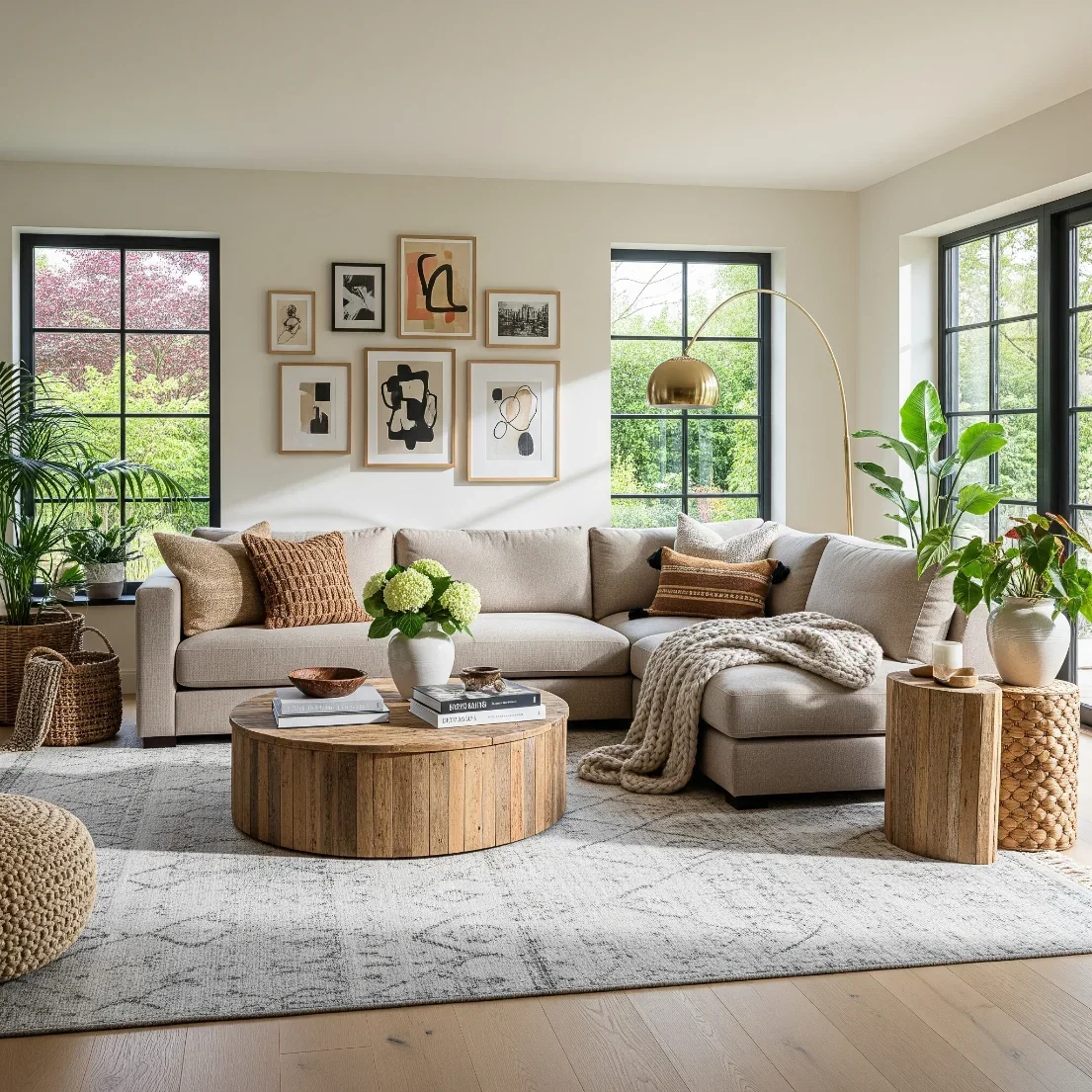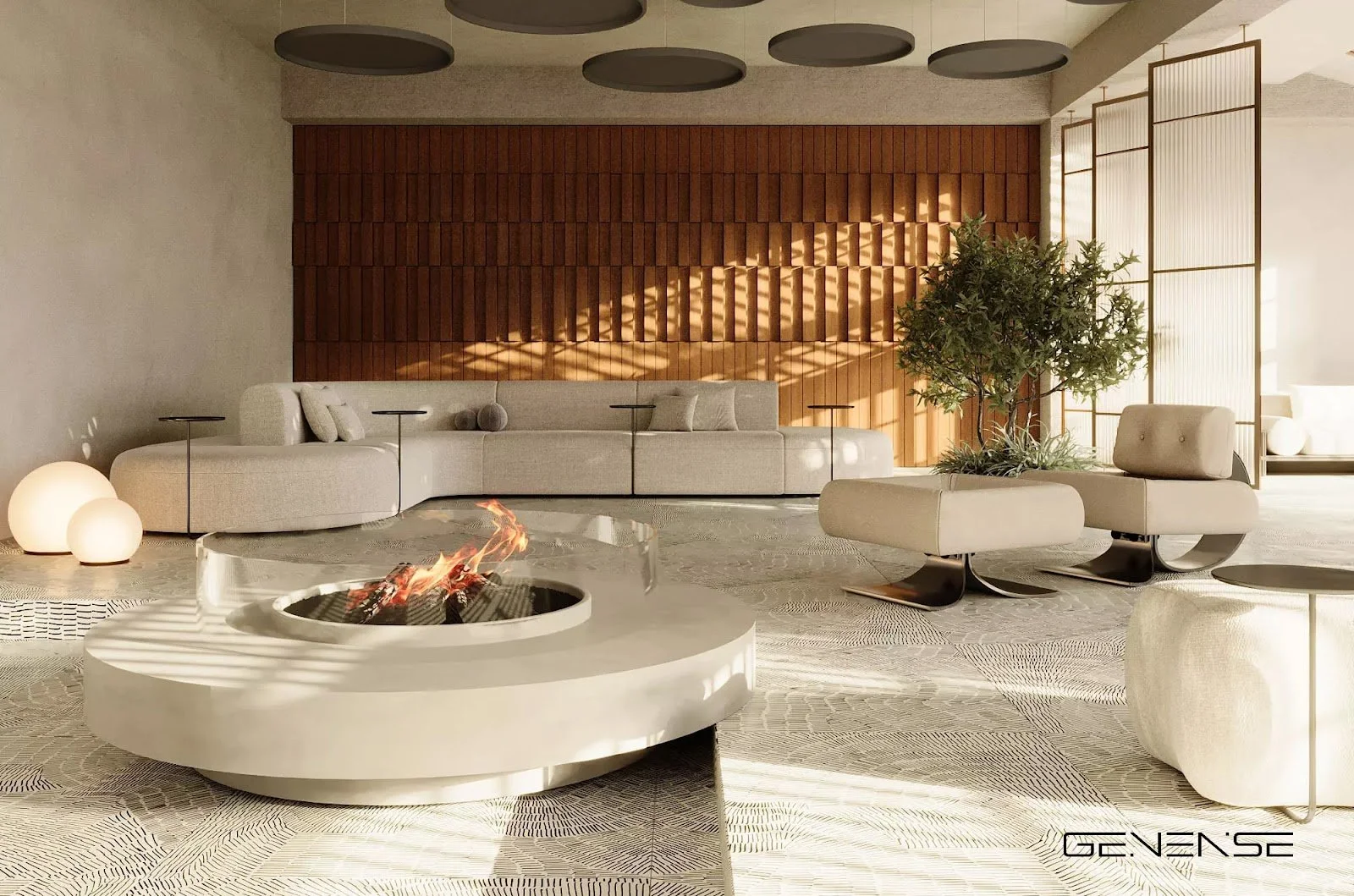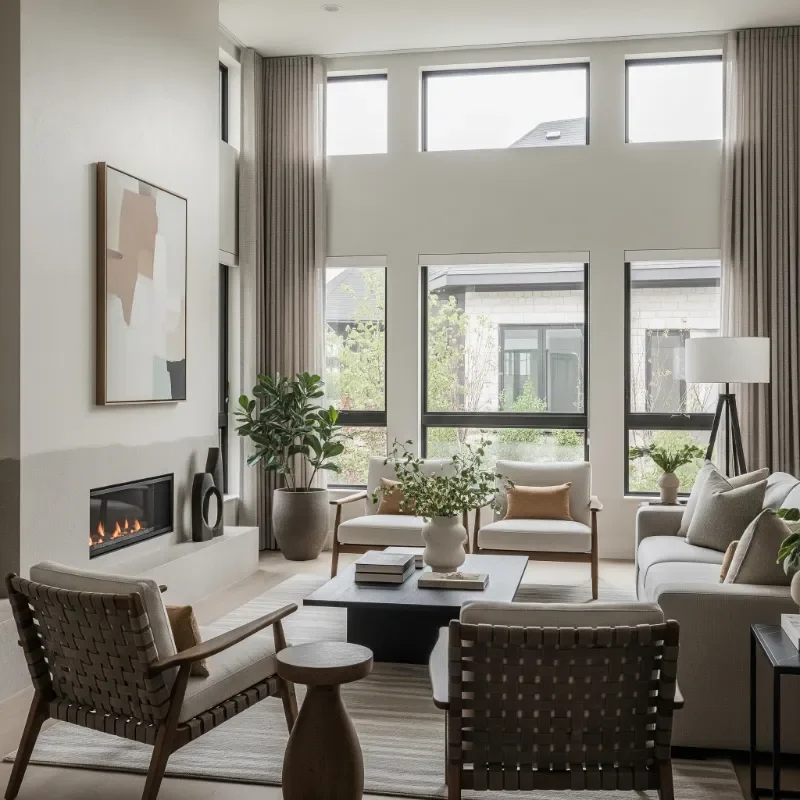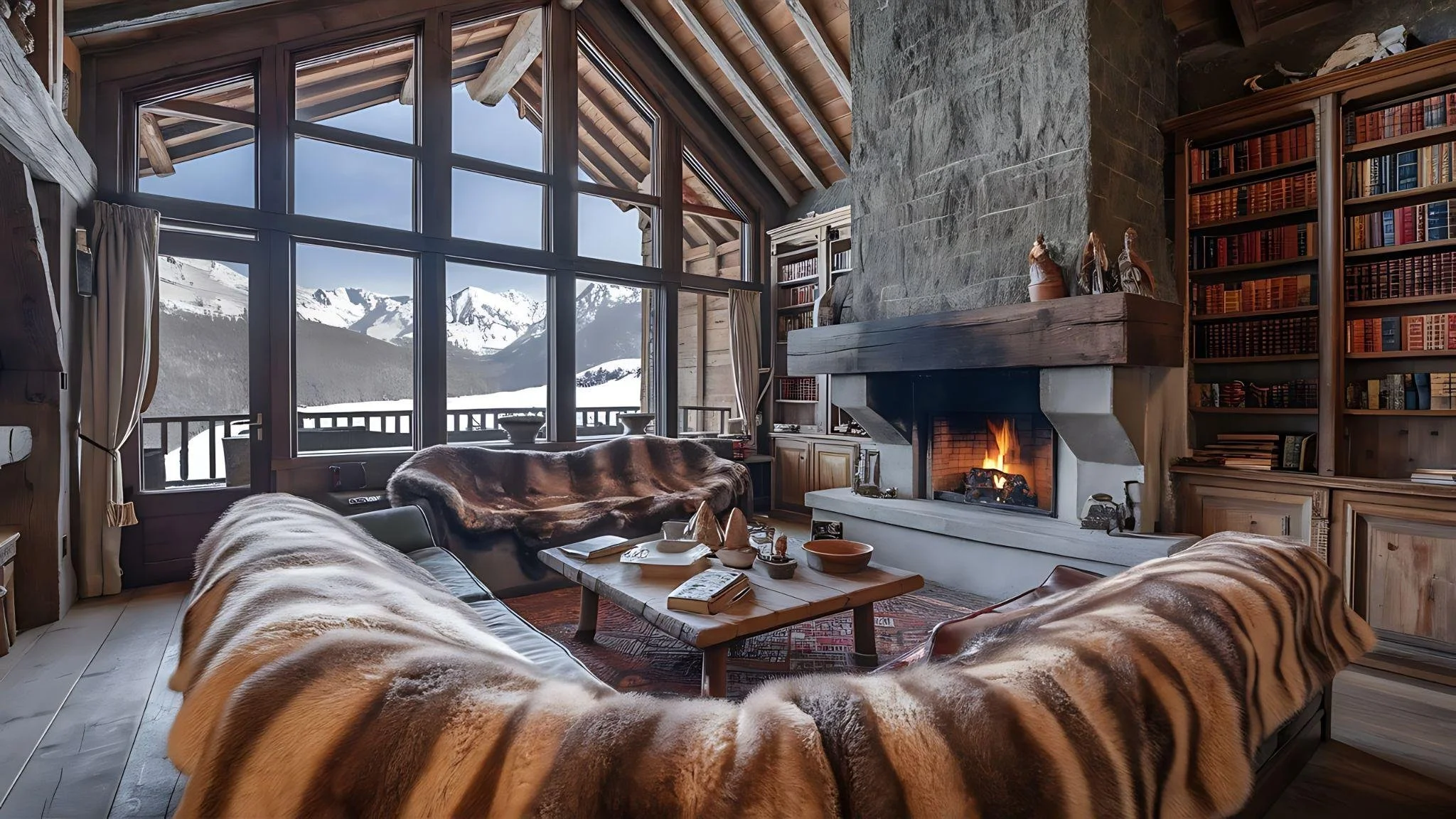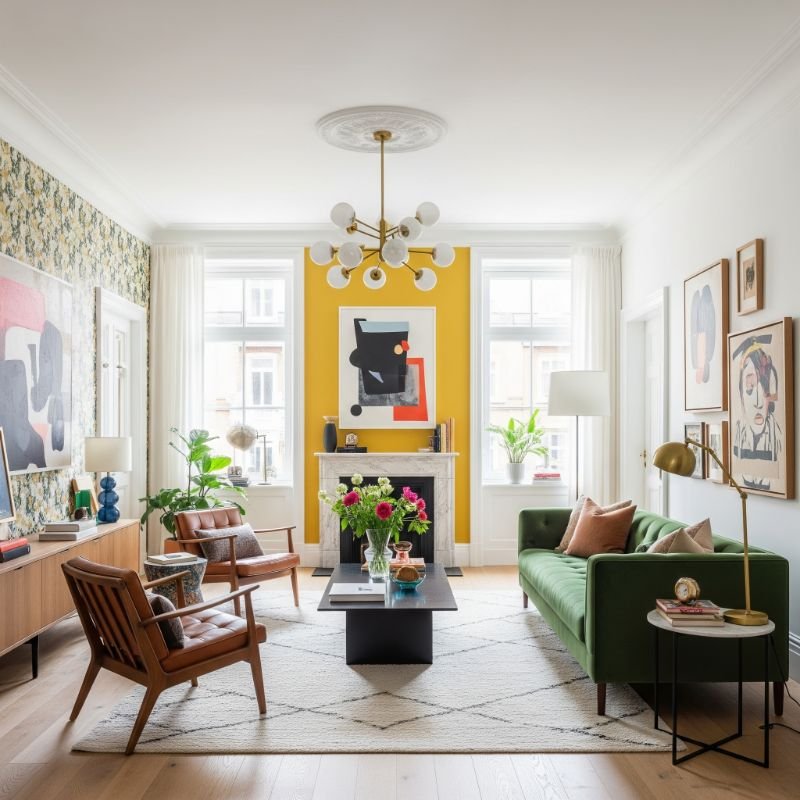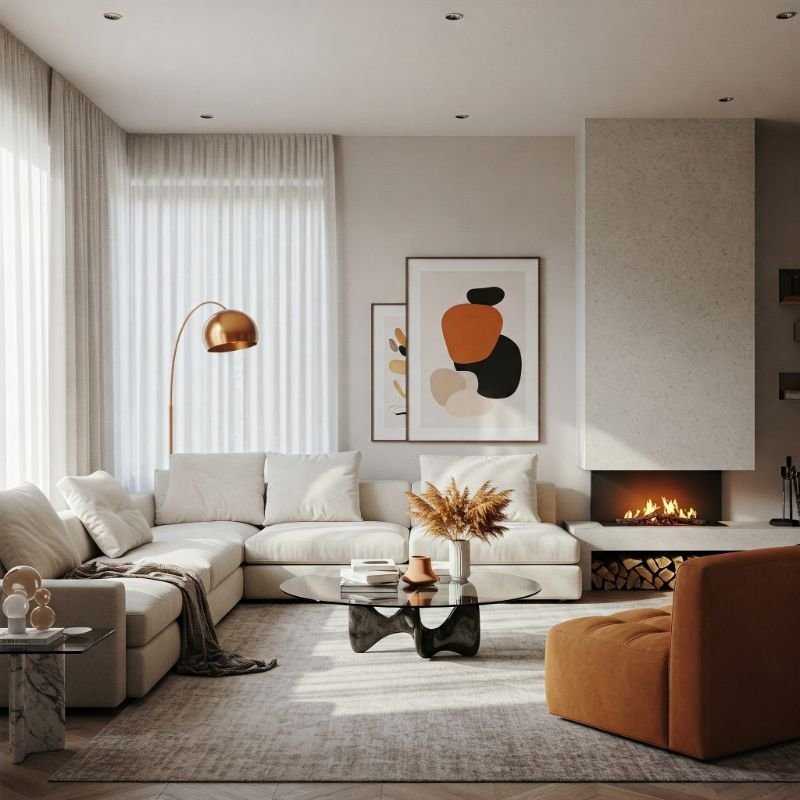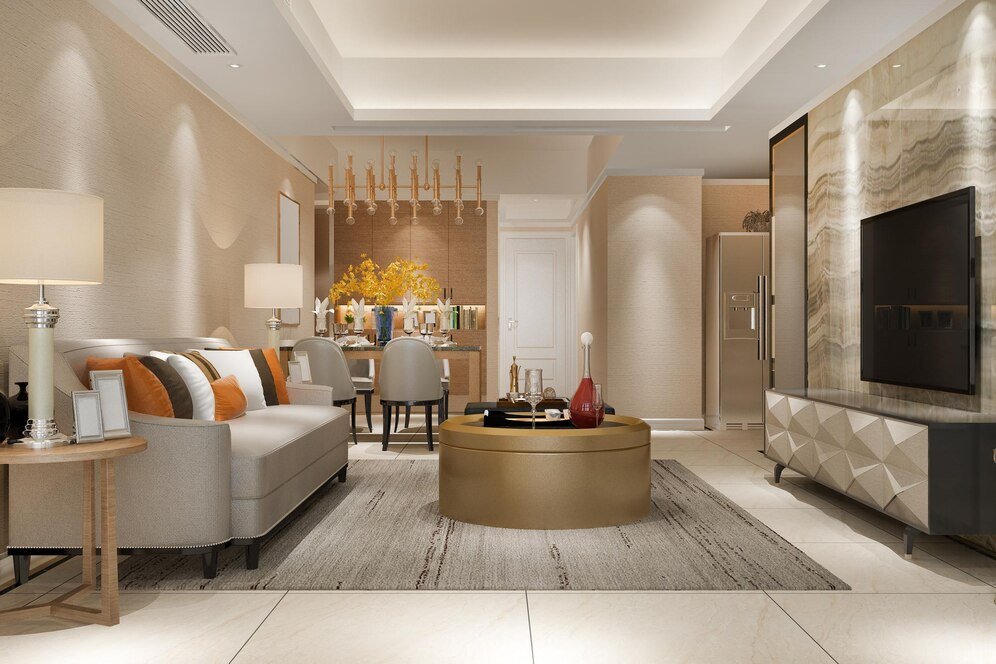Tiny Space, Big Style Small Apartment Interior Design Hacks
Discover smart small apartment interior design hacks that maximize space, enhance comfort, and bring big style to even the tiniest homes.
Feeling like your apartment walls are closing in? You're not alone. Living in a small space can feel a bit cramped, but it doesn't mean you have to give up on style or comfort. With some smart thinking and a few design tricks, you can make even the tiniest apartment feel open, airy, and totally you. This article is packed with simple ideas for small apartment interior design that will help you make the most of every square foot. Let's get started on transforming your cozy spot into a stylish sanctuary.
Key Takeaways
Let natural light flood your space by using sheer curtains and placing mirrors strategically to bounce light around. Layering artificial lighting also helps create a more open feel.
Choose light and neutral paint colors for your walls to make the room feel bigger. Consider a single bold accent wall for depth and use high-gloss finishes to reflect light.
Opt for furniture with clean lines and multi-functional pieces like ottomans with storage or nesting tables to save space and add utility.
Think vertically by installing wall-mounted shelves and using tall decor or storage solutions to draw the eye upward and make ceilings appear higher.
Divide your space into distinct zones using open shelving or light partitions to create order without making the area feel smaller. Decluttering is also key to making any small apartment interior design feel more spacious.
Maximize Natural Light For An Airy Feel
Natural light is your best friend when you're working with a smaller footprint. It's like a magic trick that makes your place feel bigger and more open without any construction.
Embrace Sheer Window Treatments
Heavy curtains can really block out the sun, making a room feel dim and closed off. Instead, try swapping them out for sheer or semi-sheer curtain fabrics. Think linen, voile, or light cotton. These materials still offer a bit of privacy but let a lot more daylight stream in. The goal is to let as much natural light as possible flood your space. This simple change can make a huge difference in how bright and airy your apartment feels.
Strategic Mirror Placement
Mirrors are fantastic for bouncing light around. If you place a mirror directly across from a window, it will reflect the incoming sunlight, essentially doubling the light in that area and making the room feel much larger. You don't need a massive mirror, either. Even a well-placed medium-sized mirror can create a significant illusion of depth. Consider mirrored furniture, like a small side table or a cabinet, for an extra touch of light reflection.
Layered Lighting Solutions
While natural light is great, it's not always available. That's where artificial lighting comes in. Instead of relying on one harsh overhead light, create layers. Use a combination of ambient lighting (like a floor lamp in a corner), task lighting (a desk lamp for reading or working), and accent lighting (a small lamp on a shelf). This approach not only provides light where you need it but also adds depth and makes the space feel more dynamic and open. Opt for bulbs with a warm white tone to keep the atmosphere cozy without sacrificing brightness.
Paint Your Way To A Roomier Space
Don't underestimate the power of paint. It's one of the most budget-friendly and impactful ways to change how a room feels. For small apartments, the right color choices can make a world of difference, creating an illusion of more space and airiness.
Opt For Light And Neutral Palettes
When you're aiming to make a small space feel larger, light and neutral colors are your best friends. Think soft whites, gentle grays, muted beiges, or even pale pastels. These shades reflect light, bouncing it around the room instead of absorbing it. This makes the walls seem to recede, giving the impression of a more expansive area. Avoid dark, heavy colors on your main walls, as they tend to make a room feel closed in and smaller than it actually is. It's like wearing dark clothing; it can be slimming, but in a room, it can make it feel cramped.
Consider A Bold Accent Wall
While keeping your main walls light is key, you don't have to sacrifice personality. A single, well-chosen accent wall can add depth and visual interest without overwhelming the space. This could be a wall behind your bed, the one behind your sofa, or even a small nook. Use a slightly bolder shade, a subtle texture, or even a tasteful wallpaper here. It draws the eye, creating a focal point that distracts from the room's actual size. Just remember, one is usually enough; too many accent walls can make a small room feel busy and chaotic.
Utilize High-Gloss Finishes
The finish of your paint plays a surprisingly significant role. While matte finishes absorb light, high-gloss or satin paints reflect it. This reflection can make walls appear further away, contributing to that airy, spacious feel. Consider using a satin or eggshell finish for most walls, and perhaps a higher gloss on trim or doors for an extra touch of light play. It’s a subtle trick, but one that can really make a difference in how bright and open your apartment feels, especially when combined with good lighting.
Clever Furniture Choices For Small Apartments
When you're working with limited square footage, every piece of furniture you bring into your home needs to earn its keep. It's not just about filling a space; it's about making that space work harder for you. This is where smart furniture selection becomes a game-changer for your small apartment interior design.
Embrace Streamlined Silhouettes
Forget bulky, ornate pieces that eat up visual real estate. Instead, opt for furniture with clean lines and a simple, streamlined form. Think of a sofa with a low profile and straight arms, or a dining table with slender legs. These designs create a sense of order and openness, making your room feel less cluttered and more expansive. It’s about choosing pieces that are visually light, allowing the eye to move freely around the room. This approach helps prevent your space from feeling overwhelmed by furniture.
Invest In Multi-Functional Pieces
This is perhaps the most critical hack for small spaces. Furniture that serves more than one purpose is your best friend. Consider a storage ottoman that can double as a coffee table or extra seating. A sofa bed is a classic for a reason, offering a comfortable place to sit and a guest bed when needed. Wall-mounted desks that fold away when not in use are fantastic for creating a home office without sacrificing floor space. Even a simple bed frame with built-in drawers can significantly increase your storage capacity. Every item should ideally perform at least two functions.
Utilize Nesting Tables
Nesting tables are a brilliant solution for flexibility. You can pull them out when you need extra surface area for guests or a workspace, and then tuck them neatly away when they're not in use. This keeps your main living area clear and uncluttered. They are perfect for small living rooms and can be used in various ways, from holding drinks and snacks to displaying decorative items. You can find many small living room decorating ideas that incorporate this clever approach.
Here's a quick look at some multi-functional furniture ideas:
Storage Ottomans: Perfect for blankets, books, or remotes. Can also serve as a coffee table or extra seating.
Sofa Beds/Futons: Combines seating and sleeping, ideal for studios or guest rooms.
Drop-Leaf Tables: Expandable dining or work surfaces that can be folded down when not needed.
Wall-Mounted Shelving/Desks: Frees up floor space and provides storage or a workspace that can be hidden away.
When selecting furniture, always measure your space carefully. It might seem counterintuitive, but sometimes a slightly larger, well-proportioned piece can make a small room feel bigger than a collection of tiny, ill-fitting items. Balance is key.
Go Vertical To Expand Your Space
When floor space feels limited, it's time to look up. Utilizing your walls for storage and decor is a smart way to make a small apartment feel much larger. Think of your walls as untapped real estate, ready to be transformed.
Install Wall-Mounted Shelving
Floating shelves are a game-changer for small apartments. They offer a place to display books, plants, or decorative items without taking up any precious floor space. Installing shelves higher up on the walls draws the eye upward, creating a sense of height and making the room feel more expansive. Consider placing them above doorways, windows, or even in awkward corners that might otherwise go unused. This is a fantastic way to maximize storage and add visual interest to your walls.
Draw Eyes Upward With Art
Art can do more than just decorate; it can manipulate how a space feels. Hanging artwork strategically can guide the viewer's gaze upwards, contributing to a feeling of greater height. Opt for pieces that have a vertical orientation or arrange a gallery wall that extends towards the ceiling. Even a single, large statement piece placed higher on the wall can make a significant difference. This technique tricks the eye into perceiving more vertical space than is actually present.
Utilize Vertical Storage Solutions
Beyond shelves, there are many ways to store items vertically. Tall, narrow bookcases or cabinets are excellent choices because they offer ample storage while also drawing the eye upward. In kitchens, consider cabinets that extend all the way to the ceiling, or use wall-mounted racks for pots and pans. For entryways or smaller rooms, pegboards and hooks are incredibly useful for keeping everyday items like keys, bags, or hats off the floor and neatly organized. This approach keeps your main living areas clear and contributes to an uncluttered, spacious feel.
Divide And Conquer Your Layout
Living in a compact apartment doesn't mean you're stuck with one big, undefined room. You can actually create distinct areas for different activities without sacrificing precious square footage. Think of these divisions as smart partitions that help organize your home while keeping that open, airy feel. It’s all about making the space work for you.
Employ Open Shelving As Dividers
Open shelving units are surprisingly effective at separating spaces. You can use one to create a clear boundary between your living area and a small dining nook, for instance. It acts as a visual break without completely blocking off the view or light, which is key in smaller homes. This approach allows you to define zones while still maintaining a sense of connection between them. It’s a great way to add storage too, killing two birds with one stone.
Choose Light And Breezy Room Partitions
For an even more open and airy vibe, opt for room dividers that feel light. Things like wood slat dividers or screens with open patterns work well. They add a modern touch and let light pass through, so the areas don't feel closed off. This helps maintain the illusion of a larger space. You can find some really creative room divider ideas that fit various styles.
Define Zones Without Compromising Space
Creating separate zones is about more than just putting up a wall. You can use rugs to mark the edges of different areas, like placing one under your sofa and another in your dining space. Furniture arrangement also plays a big role; try floating your sofa away from the wall with a coffee table in front to create a cozy seating area. Even lighting can help – a pendant light over a dining table can signal that this is a distinct zone. The goal is to make each area feel intentional and functional, all while keeping the overall flow smooth and uncluttered.
When dividing a small space, always consider traffic flow. Ensure there's enough room to walk comfortably between furniture pieces. A well-planned layout prevents the space from feeling cramped, even with defined zones.
Here are a few ways to think about defining zones:
Rugs: Use different rugs to visually separate living areas, dining spots, or even a home office corner.
Furniture Placement: Arrange furniture to create natural boundaries. A sofa can define the living room, while a small console table can mark the edge of an entryway.
Lighting: Use distinct light fixtures to highlight specific areas, like a floor lamp for a reading nook or a pendant light over a dining table.
Color: While keeping walls light, you can use accent colors in rugs or decor to subtly differentiate zones.
Declutter And Organize For Maximum Impact
Ruthless Decluttering Strategies
Living in a small apartment means clutter can quickly take over. It’s the number one thing that makes a space feel smaller than it is. So, the first step is to be really honest with yourself about what you actually need and use. Think about items you haven't touched in a year or more – are they really serving a purpose?
Assess your belongings: Go through your possessions category by category. Ask yourself if you've used an item in the last six months. If not, consider letting it go.
One in, one out rule: For every new item you bring into your home, try to get rid of a similar item. This helps prevent accumulation.
Digitalize where possible: Scan important documents or photos instead of keeping physical copies if space is tight.
Don't let possessions own you; make sure everything you keep adds value or joy to your life. If it doesn't, it's probably time for it to find a new home.
Smart Storage Solutions
Once you've decluttered, it's time to find smart ways to store what's left. Think about using every available inch, especially vertical space. Wall-mounted shelves are fantastic for books, decor, or even kitchen supplies. Tall, narrow furniture pieces can offer a lot of storage without taking up much floor space. Consider furniture that doubles as storage, like ottomans with hidden compartments or beds with built-in drawers. These pieces keep things out of sight and maintain a tidy look.
Turntable Organizers For Cabinets
These spinning wonders are absolute game-changers, especially in kitchens and bathrooms. You know those awkward corners in cabinets where things get lost? A turntable organizer brings everything to the front with a simple spin. It makes accessing spices, cleaning supplies, or toiletries so much easier. You can even use them in the fridge for condiments or in your pantry for small jars. They really help you make the most of that hidden cabinet space.
Add Life And Interest With Accents
Even the most thoughtfully designed small space can feel a bit sterile without the right touches. This is where carefully chosen accents come into play, bringing personality and warmth to your apartment. Think of these elements as the finishing touches that make your home feel truly yours.
Incorporate Natural Wood Tones
Wood brings an organic, grounding feel to any interior. In a small apartment, opting for lighter wood finishes can make a significant difference. These tones reflect light, helping your space feel more open and airy. Consider using wood for shelving, decorative bowls, or even a small side table. These elements add texture and visual interest without overwhelming the room. For a more impactful statement, a wood-paneled accent wall can draw the eye upward, creating an illusion of greater height. This approach adds a touch of sophistication and warmth, making your compact dwelling feel more inviting.
Introduce Greenery and Plants
Plants are a fantastic way to inject life and color into a small apartment. They purify the air and add a natural, calming element. When selecting plants, consider their size and light requirements. Trailing plants can be hung near windows to add vertical interest, while smaller potted plants can liven up shelves and tabletops. Don't be afraid to mix different textures and shades of green for a dynamic look. Even a few well-placed plants can make a significant impact on the overall atmosphere of your home.
Select Statement Decor Pieces
Sometimes, a single, well-chosen piece can transform a room. A statement decor item, whether it's a piece of art, a unique lamp, or an interesting sculpture, can serve as a focal point. This draws attention and adds a personal touch. In a small space, it's often best to choose one or two impactful items rather than many small trinkets, which can contribute to clutter. A bold piece of artwork can create the illusion of taller walls and add a significant dose of personality.
When selecting accents, remember that balance is key. Aim for a mix of textures, colors, and natural elements to create a space that feels both stylish and comfortable. Small details can make a big difference in how your apartment feels and functions.
Your Small Space, Your Stylish Sanctuary
So, you've seen how a few smart choices can really change how your apartment feels. It's not about having a huge place; it's about making the most of what you've got. By letting in more light, using color wisely, and thinking vertically, you can totally transform your living area. Don't forget about clever storage and picking furniture that works hard for you. With these tips, you can create a home that's not just functional, but also a place you truly love to be in, no matter the square footage.
Frequently Asked Questions
How can I make my small apartment feel bigger?
You can make your small apartment feel bigger by using light colors on your walls, maximizing natural light with sheer curtains, and strategically placing mirrors to reflect light. Choosing furniture with slim designs and multi-functional pieces also helps create a sense of openness. Thinking vertically with shelves and storage can free up floor space, making the room feel less crowded.
What colors are best for small apartments?
Light and neutral colors are generally best for small apartments. Think whites, soft grays, pale blues, or gentle beiges. These colors reflect light, making the space feel more open and airy. While it's good to keep most walls light, you can add a bold accent wall for visual interest without making the room feel smaller.
How important is lighting in a small space?
Lighting is very important in a small space. You want to let in as much natural light as possible. For artificial light, use a mix of sources – like floor lamps, wall sconces, and task lighting. This layered approach makes the room feel more dynamic and larger. Avoid heavy, dark fixtures that can make the space feel closed off.
What kind of furniture should I choose for a small apartment?
For a small apartment, opt for furniture with clean, simple lines, often called streamlined silhouettes. Multi-functional pieces are also excellent choices, such as ottomans with storage or sofa beds. Nesting tables are great because they can be tucked away when not needed, saving precious floor space.
How can I use vertical space effectively?
You can use vertical space by installing wall-mounted shelves and storage units. This keeps items off the floor, which makes the room feel more open. Hanging artwork or decorative items higher on the wall can also draw the eye upward, creating an illusion of taller ceilings and a more spacious feel.
What are some simple ways to declutter a small apartment?
To declutter, start by getting rid of things you no longer need or use. Then, find smart storage solutions. Use organizers inside cabinets and drawers, and consider furniture with built-in storage. Turntable organizers are great for making items in cabinets easy to reach and use every available inch of space efficiently.
